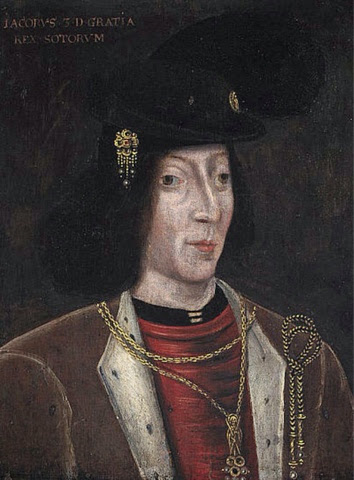Russ Tunney, when adapting 'The Wolves of Willoughby Chase' from Joan Aiken's novel into a play included a repeated phrase. Throughout the play the phrase is repeated 'Once upon a time that never was...' which does not only introduce the play through the chorus' narration but that 'sets the scene' and gives context to the play's (and novel's) setting.
When really considering the world that has been created as the setting for the story, a lot of historical, scientific and social related facts have been either twisted, made up or just adjusted in order for this 'time that never was' to exist. Some may say the setting of the play and novel is a parallel universe in which a different version of England exists.
As a class, we were instructed to research and consider the similarities and differences in 'the real and fake' England that existed in 1832, when the play is set. The main features that I looked at were; clothing, transport, treatment of women, treatment of orphans, hunting and monarchy. All that Joan Aiken and Russ Tunney have altered from England in 1832 as we know it has, in my opinion been done with purpose and are all nuances that craft the ultimate story that they wanted to tell. The first feature I will explore is Monarchy.
Monarchy
"Once upon a time that never was,
In 1832,
In an England that never existed,
In the reign of King James III..."
In reality, King William IV was on the throne in 1832 England. However in Wolves of Willoughby Chase King it is James III of Scotland that is portrayed to be ruling England (the 'England' that never was). After researching, I personally think that Aiken has deliberately decided to make this adjustment with great purpose.
During King William IV's time ruling he was responsible for the success of the Reform Act in 1832. His reign was and still is today by enlarge associated with the abolishment of slavery and restriction of child labour- I personally think that Aiken was very aware that this would create some restrictions and contradictions for the play.
King James III of Scotland 1460-1488
Like any historical figure can sometimes be exaggerated and falsely portrayed, however I feel his reputation as a ruler strongly correlates with the villaneous characters within the text; Miss Slighcarp, Mr Grimshaw and Mrs Brisket.
I feel like Mrs Brisket particularly seems to mirror the behaviour of King James. A source states that King James shown 'unwillingness to administer justice fairly' and like Mrs Brisket both had the power and status to do good through leading a country and running an orphanage, however they focused more on leisurely interests- King James with hunting, riding and leading his country into war, Mrs Brisket with her impulsive infactuation for cheese and cruel abuse towards the orphans.
By replacing historic fact and shifting monarchs for the purpose of the play- Aiken has reinforced and empowered the theme of mistreatment. Although King James' actions while on the throne are not mentioned throughout the text, the reference to him being in reign in Act One, Scene One is a nuance to the play that I think silently 'says a lot'.


This is very good. You have taken some research and really analysed it to help your understanding of the play. The conclusions that you draw here demonstrate your ability to explore a text with some depth.
ReplyDelete